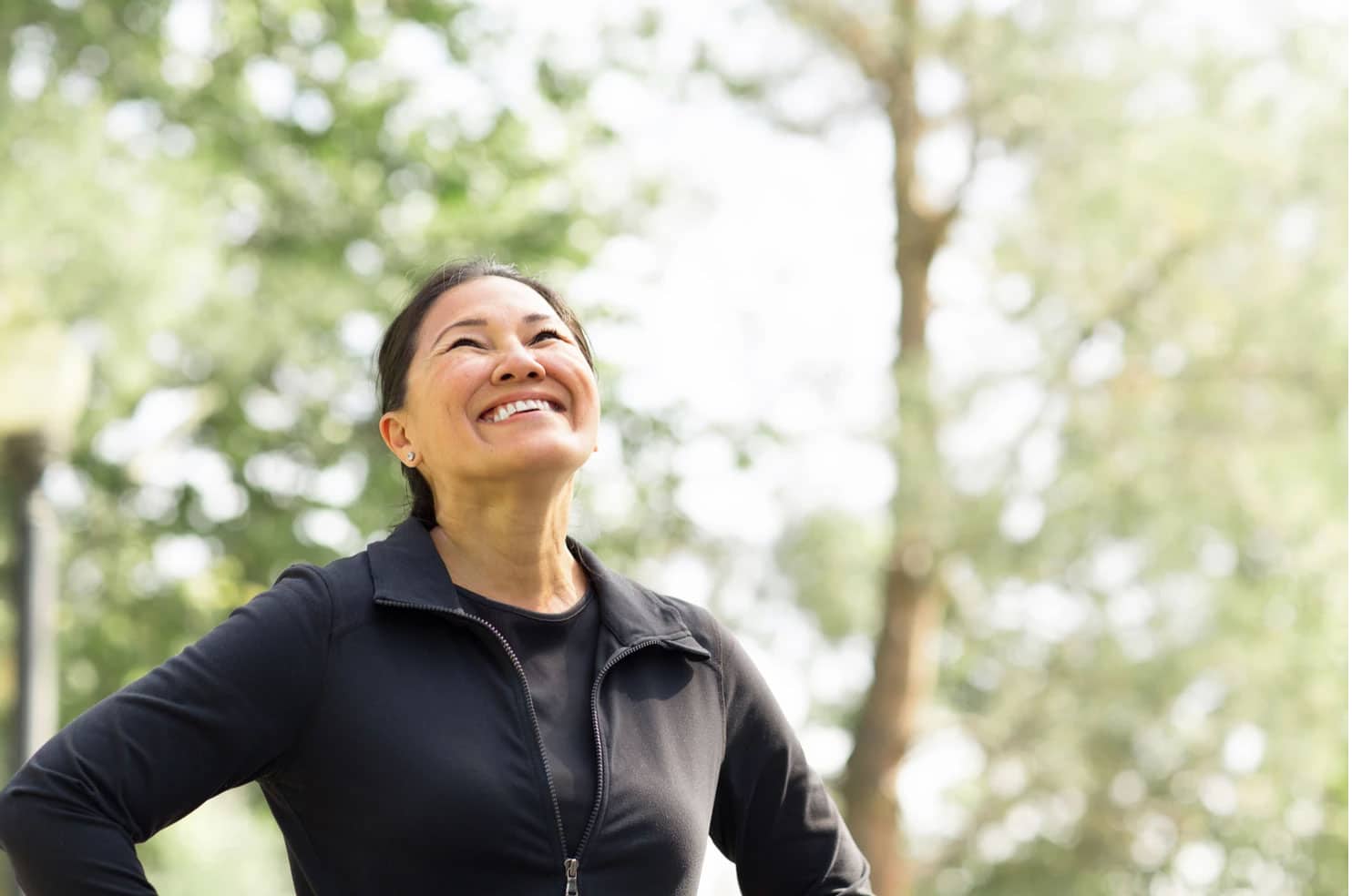
Breathing Mechanics and Physiology: Why Better Breathing Means Better Health
We breathe over 20,000 times a day, yet most of us don’t think twice about it. But if you struggle with chronic pain, fatigue, stress,

If you live with stiff or painful joints, the idea of exercising might sound uncomfortable — or you might have been told to avoid certain activities like running, lifting your arms overhead, or bending over.
But here’s the good news: when prescribed correctly, movement and exercise are actually safe and effective ways to combat osteoarthritis.
Exercise can help reduce osteoarthritis symptoms, strengthen the muscles that support your joints, and make daily activities feel easier.
Let’s take a closer look at how exercise helps, what’s safe, and how to get started.
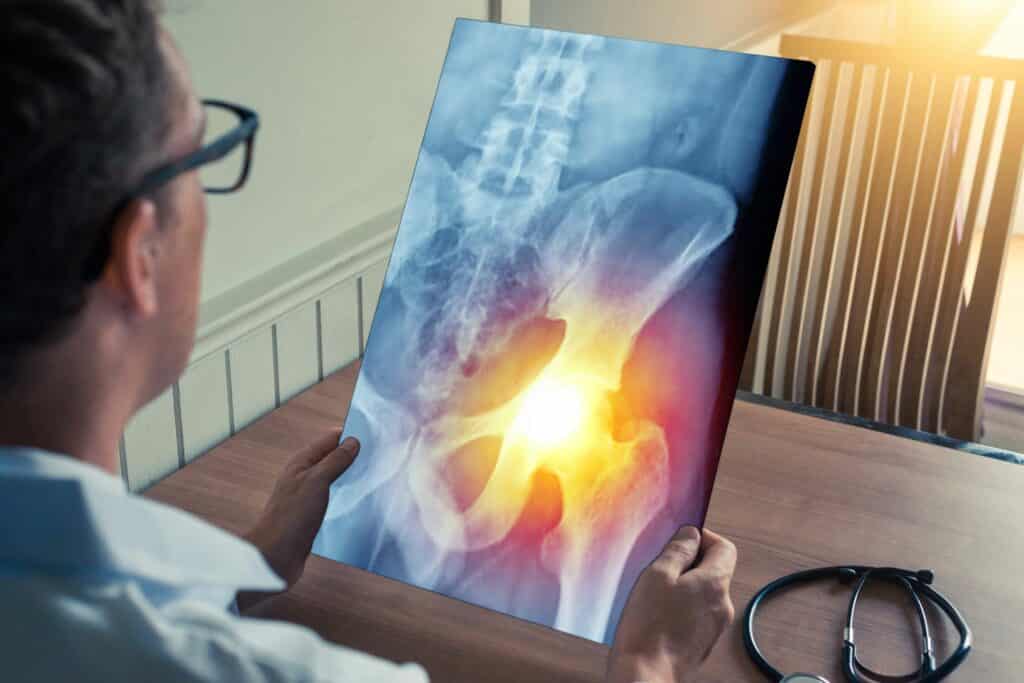
Osteoarthritis (OA) is the most common form of arthritis, often referred to as “wear and tear” arthritis. It’s a degenerative joint condition that affects all components of the joint — including cartilage, bone, ligaments, and the joint capsule.
Contrary to popular belief, osteoarthritis isn’t just about aging. It can be influenced by multiple factors such as previous injury, genetics, muscle weakness, obesity, and joint overuse.
Typical symptoms include:
Joint pain that improves with rest
Morning stiffness lasting less than 30 minutes
Swelling or tenderness in the joint
Reduced movement or flexibility
Muscle weakness or wasting around the affected joint
While osteoarthritis most commonly affects the knees, hips, hands, and spine, it can impact any joint in the body.

Exercise plays a crucial role in managing osteoarthritis and improving joint health. It helps by:
Reducing pain and stiffness: Regular movement increases blood flow and synovial fluid circulation in the joints, which helps reduce stiffness.
Improving strength: Strength training builds the muscles surrounding your joints, reducing the load on the joint surface itself.
Enhancing mobility and balance: Exercise maintains joint range of motion and helps prevent falls or further injury.
Boosting mental health: Regular physical activity improves mood, reduces anxiety, and enhances overall wellbeing — important for anyone managing a chronic condition.
Research consistently shows that people who stay active experience less pain, better function, and a higher quality of life than those who remain sedentary.
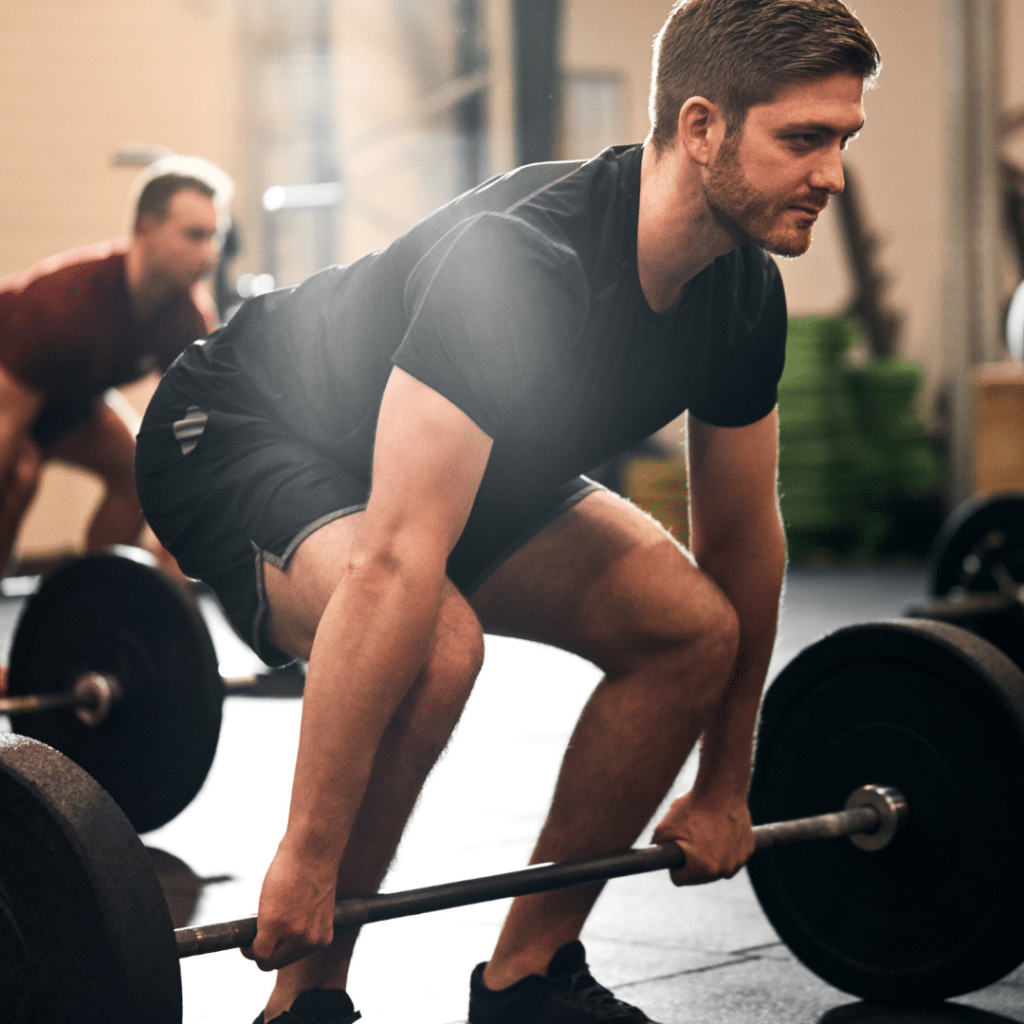
Exercise offers many benefits for those with osteoarthritis — beyond pain relief.
Improved joint stability: Strengthening the muscles around the joint makes movement more controlled and less painful.
Reduced inflammation: Gentle, consistent exercise can help lower systemic inflammation in the body.
Better bone health: Weight-bearing exercises like walking and resistance training help maintain bone density.
Enhanced confidence in movement: As you build strength and flexibility, daily tasks like climbing stairs, getting out of a chair, or walking longer distances become easier.
Prevention: Regular activity throughout life may help delay or even prevent the onset of osteoarthritis symptoms.
Simply put — motion is lotion for your joints!
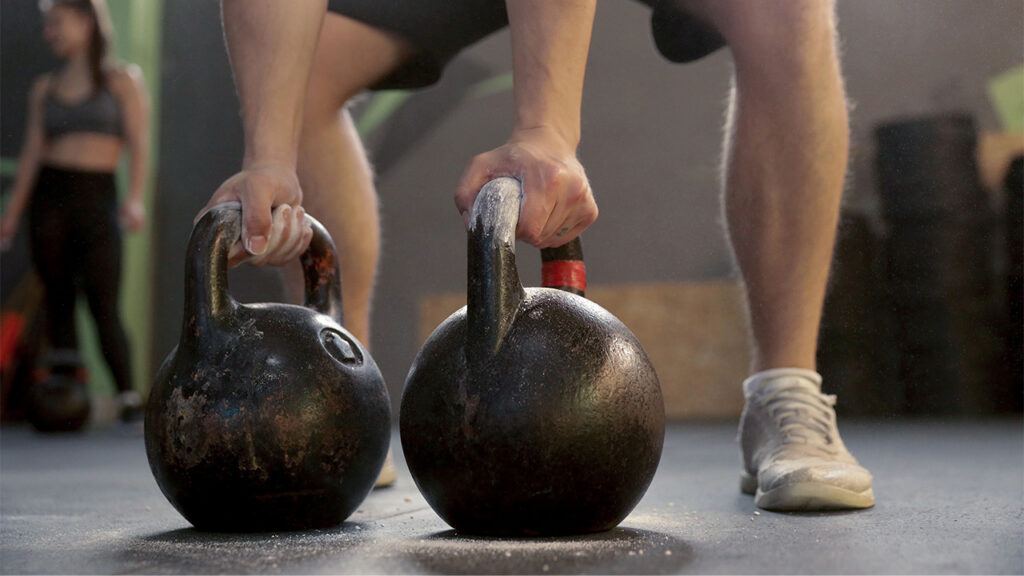
Yes, exercise is safe — and beneficial — when done correctly. However, it’s important that your exercise routine is tailored to your individual needs and symptoms.
A few key points to remember:
Mild discomfort or your “usual” joint pain during exercise is normal.
Pain that gradually eases after activity is typically safe to work through.
If pain worsens during or after exercise, take a break or modify the activity.
Always increase load, duration, or intensity gradually.
Working with an exercise physiologist, physiotherapist, or healthcare professional ensures your program is safe, effective, and specifically designed for you.

Aim for 150 minutes per week of moderate-intensity activity — such as brisk walking, cycling, swimming, or water aerobics. These exercises improve endurance and heart health while being gentle on the joints.
2–3 sessions per week of resistance-based exercise help strengthen the muscles that support your joints. You can use resistance bands, light dumbbells, or even your own body weight. Focus on all major muscle groups, especially around the affected joints.
Gentle stretching and mobility exercises maintain range of motion and reduce stiffness. Yoga or tai chi are excellent options for improving flexibility and balance.
Incorporate exercises that mimic daily activities — like squatting, reaching, or step-ups — to improve your ability to perform them comfortably and safely.

Start slow: Gradually build up your activity level. Even a few minutes a day can make a difference.
Be consistent: Regular, moderate exercise is more effective than infrequent, intense workouts.
Warm up and cool down: Prepare your joints and muscles before activity and stretch afterward.
Track your progress: Keep a simple exercise journal to note what feels good and what causes discomfort.
Stay positive: Progress may take time, but every bit of movement contributes to better joint health.
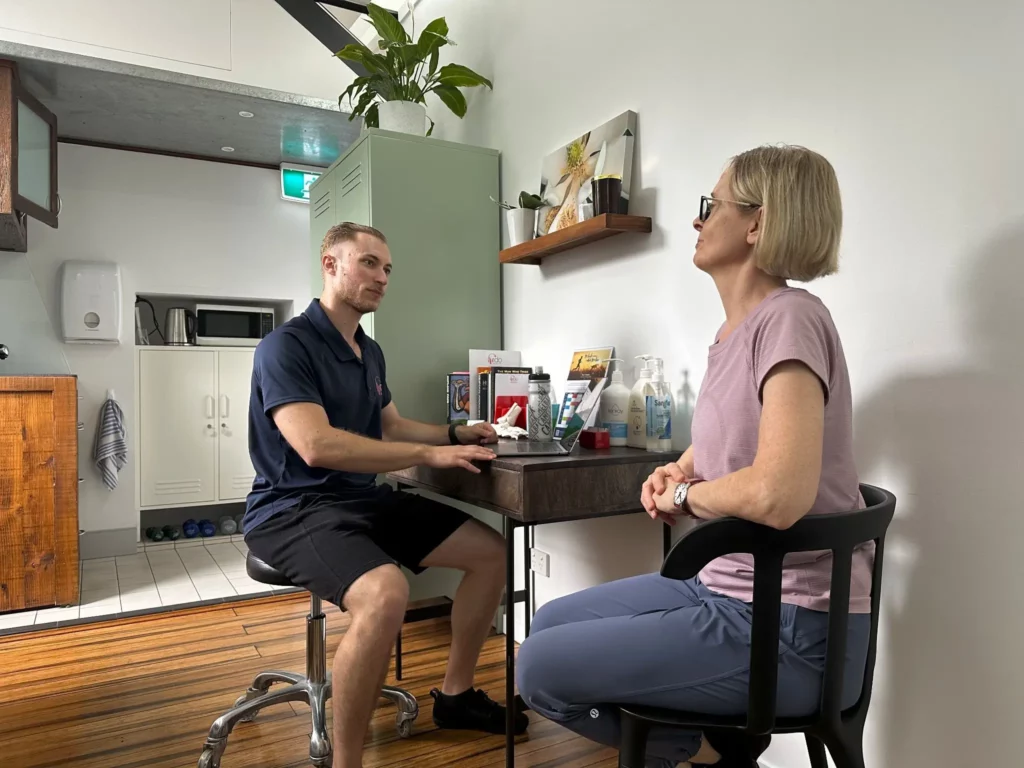
If you’re unsure where to begin, consider consulting an Accredited Exercise Physiologist or Physiotherapist. They can assess your mobility, strength, and goals to create a safe, individualized exercise plan.
They’ll also help you manage any flare-ups, adjust your program as you improve, and give you the confidence to stay active long-term.
Living with osteoarthritis doesn’t mean giving up movement — it means moving smarter. With the right guidance, exercise can be one of the most powerful tools to manage pain, improve function, and enhance your overall quality of life.
Remember: the best exercise for osteoarthritis is the one you can do regularly and enjoy.

We breathe over 20,000 times a day, yet most of us don’t think twice about it. But if you struggle with chronic pain, fatigue, stress,

From Melinda… For people who come to my classes and clients who have been seeing me for a while, may have heard some of the

Meet Susan Susan recently suffered a fall attempting to lift a 2.5kg bag of soil overhead in her garden shed when she felt her leg